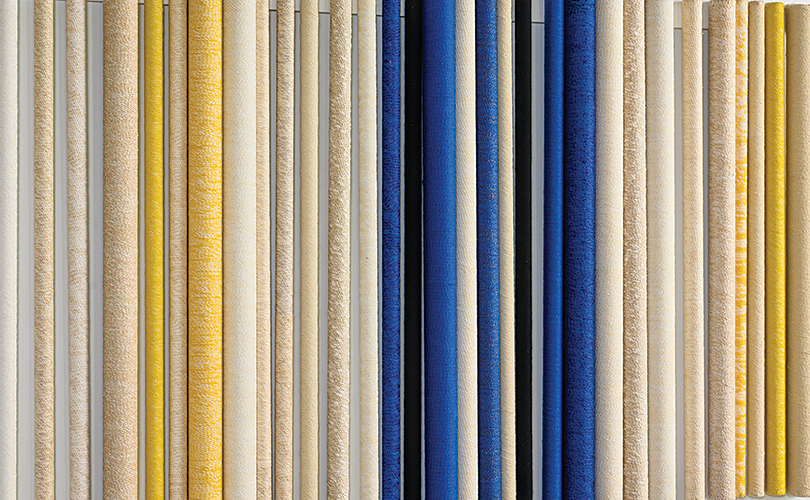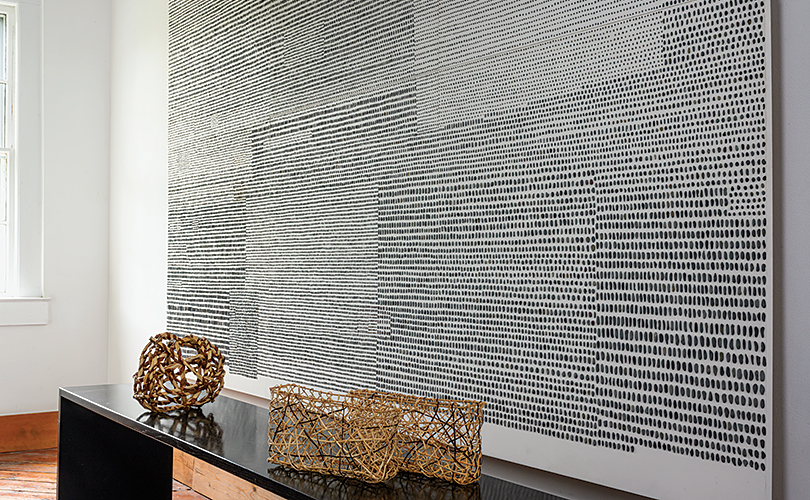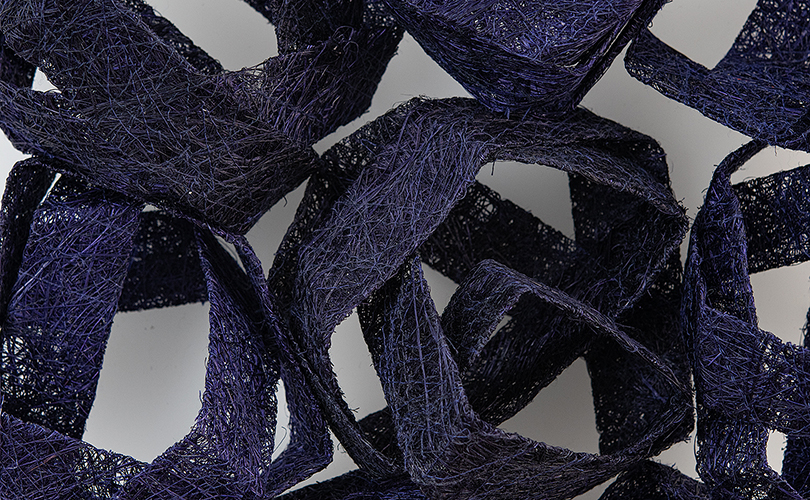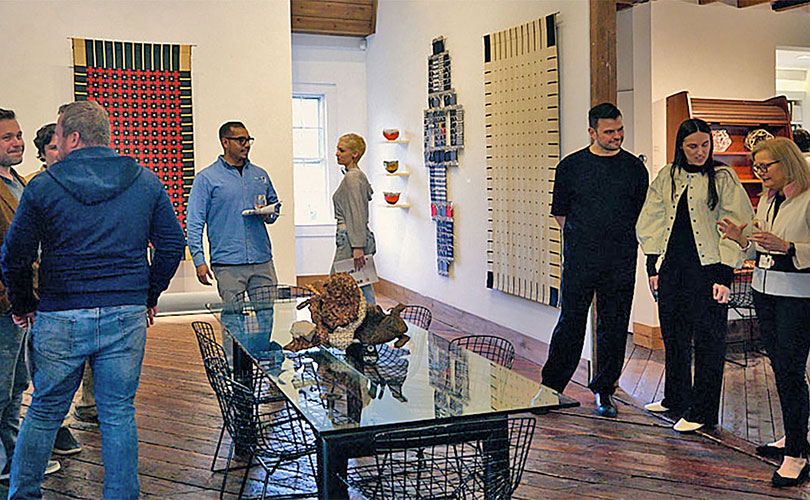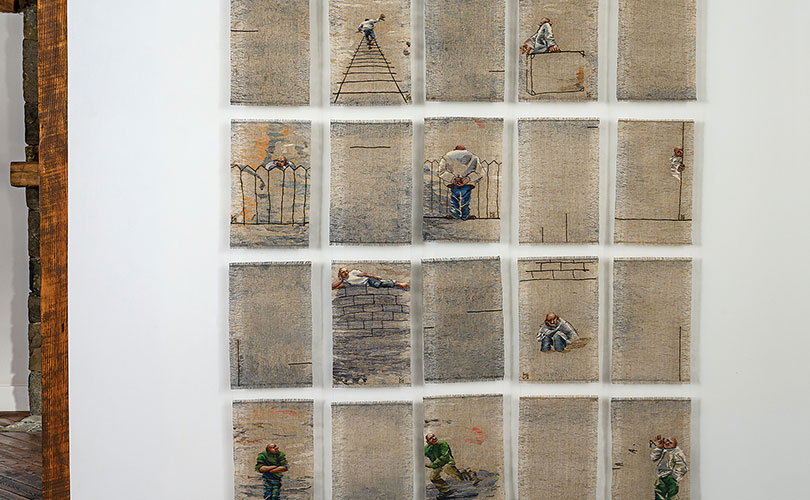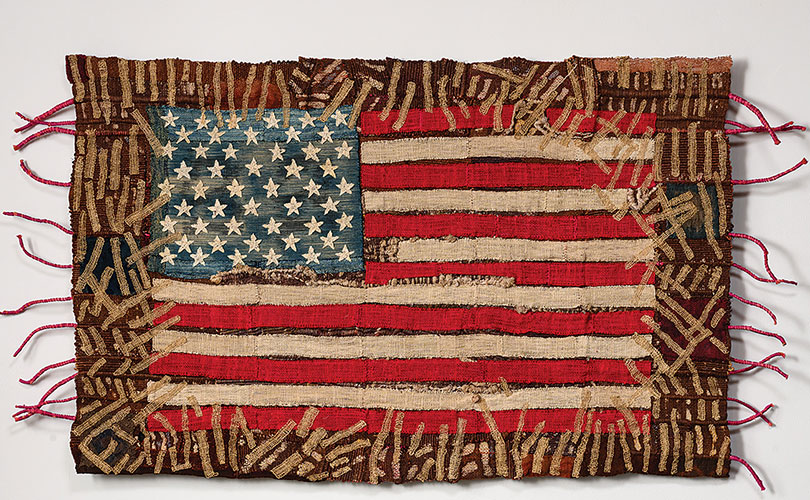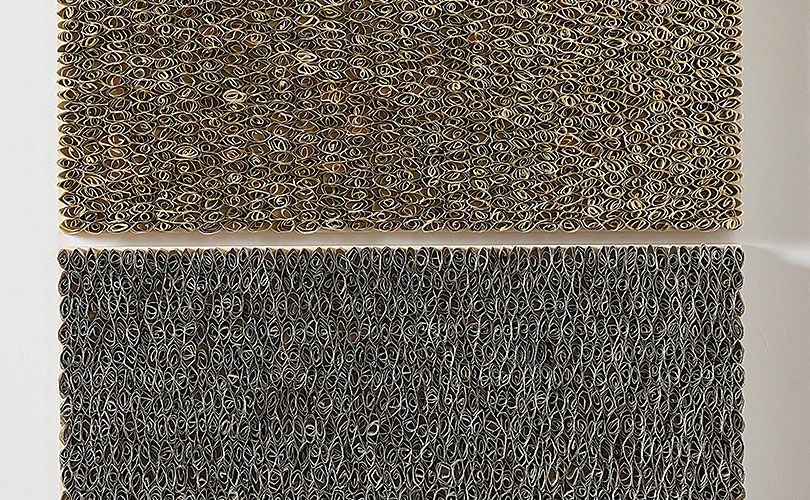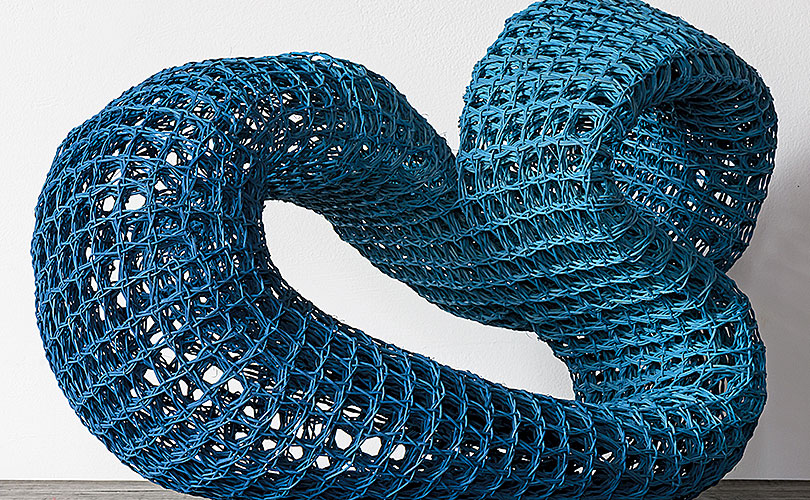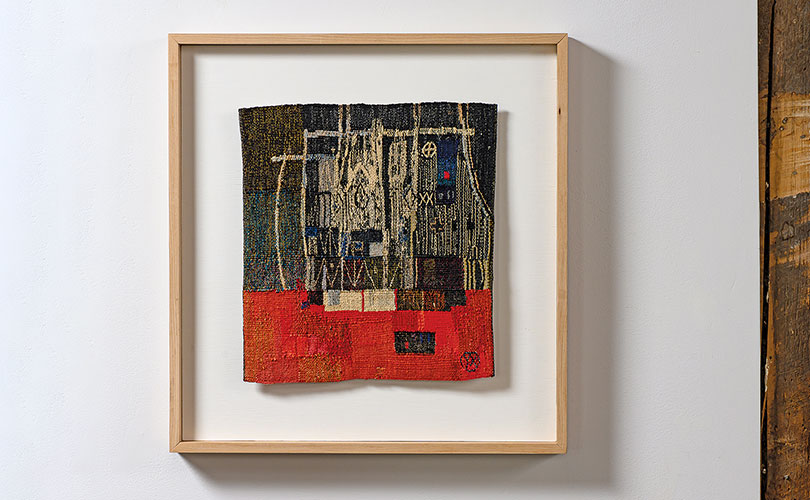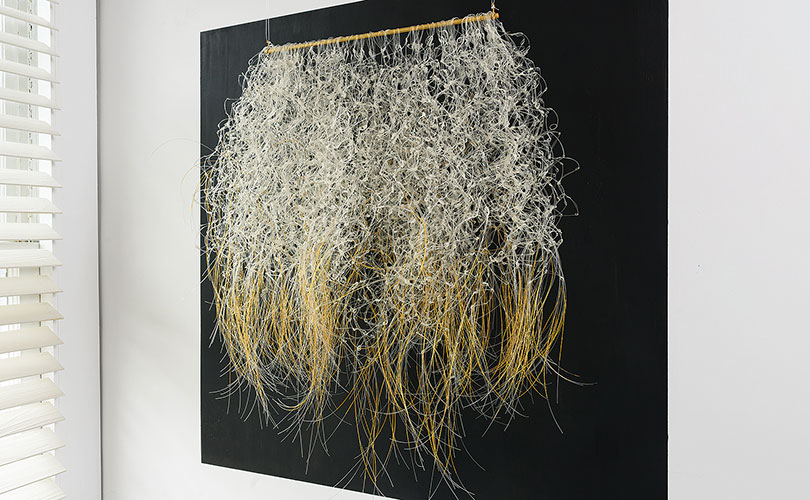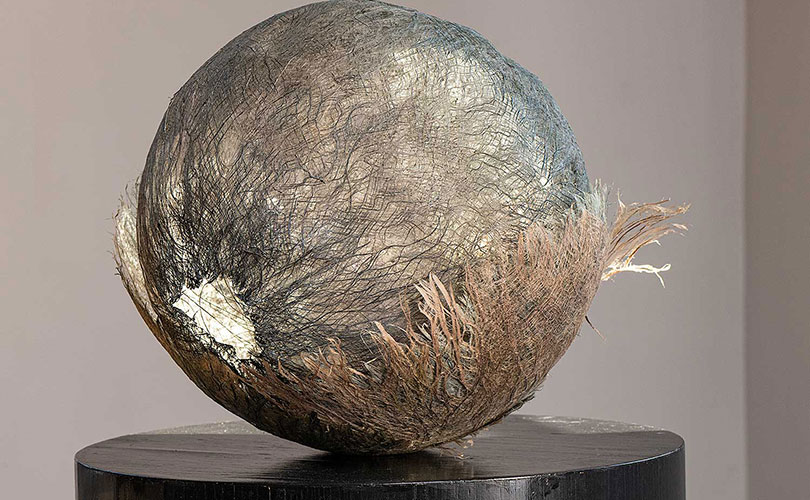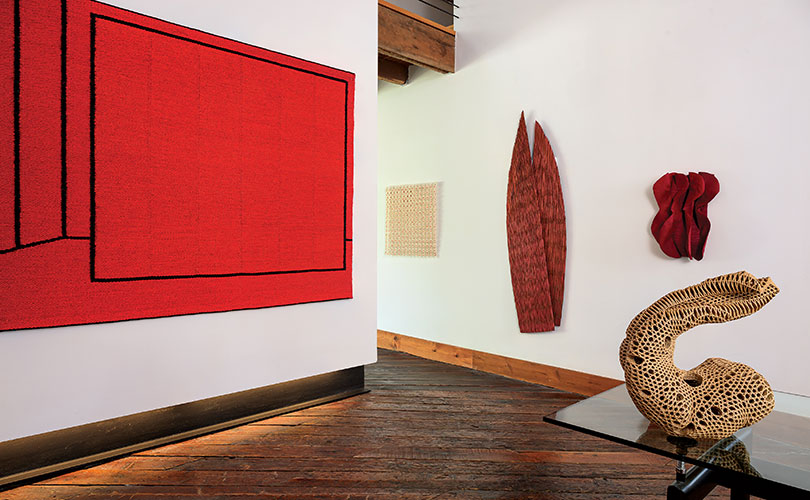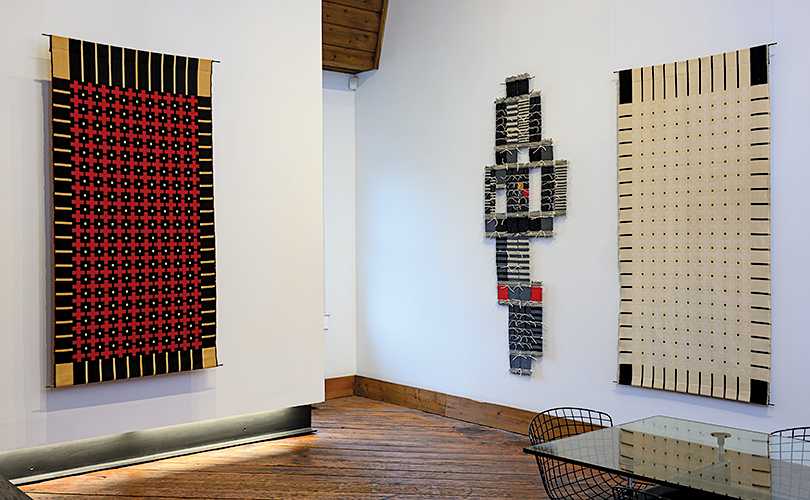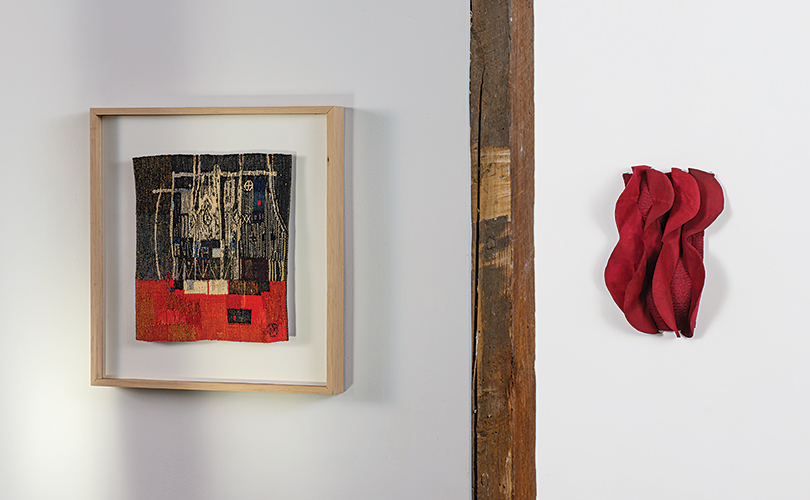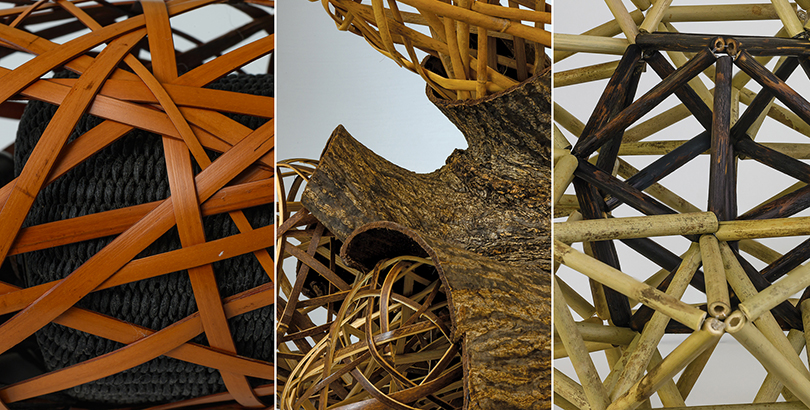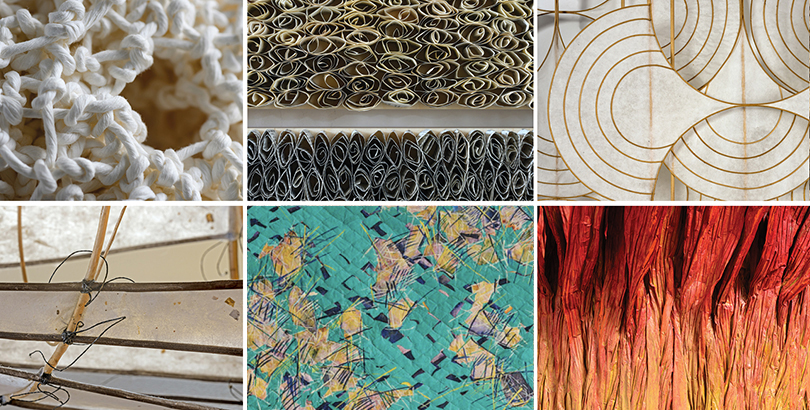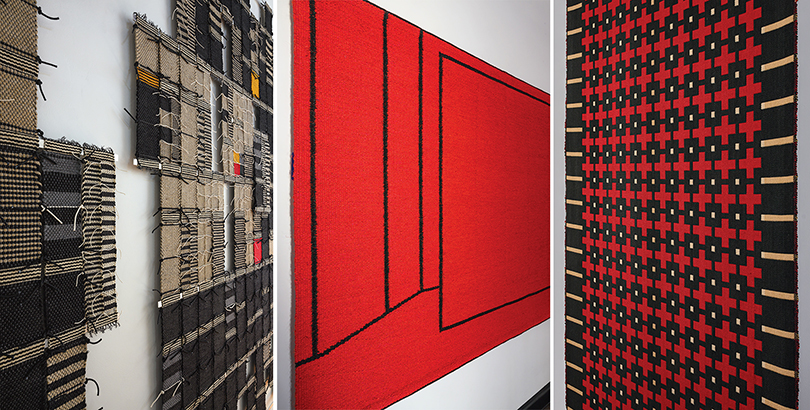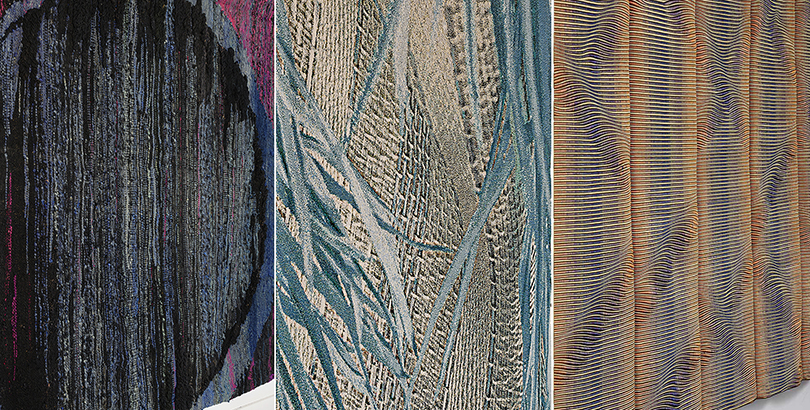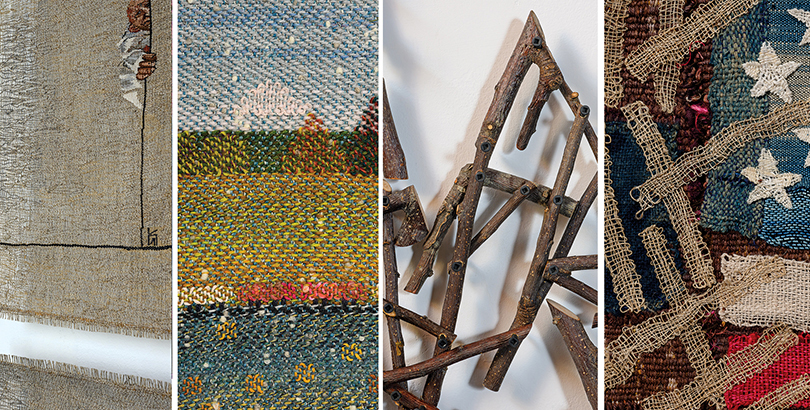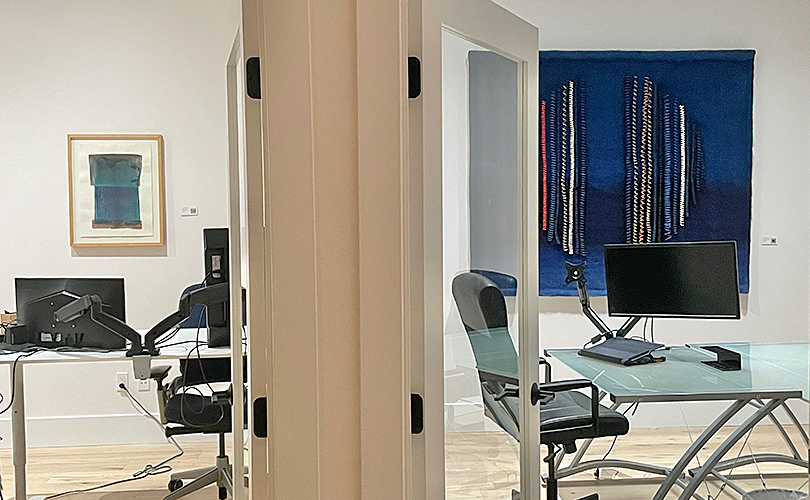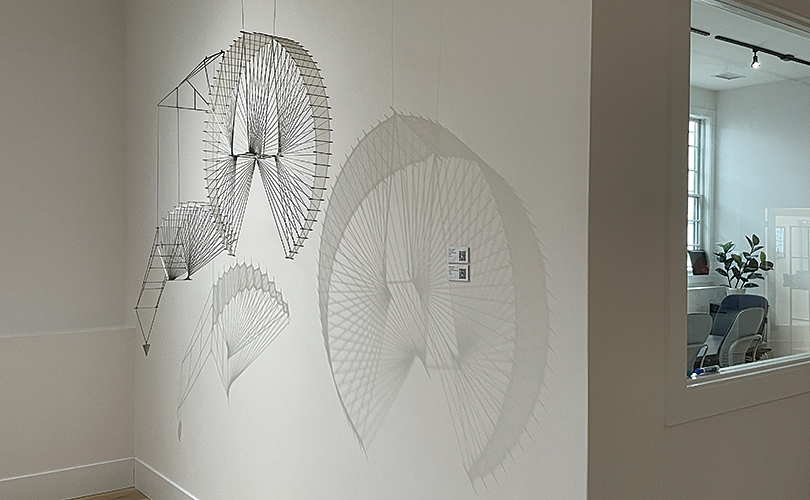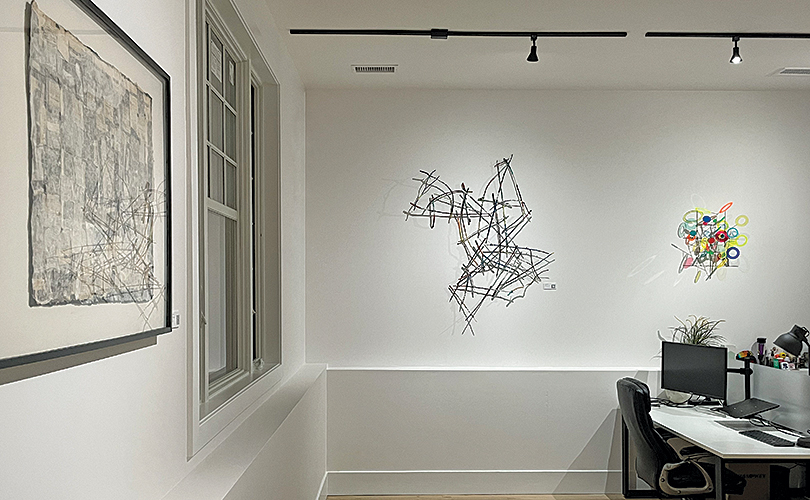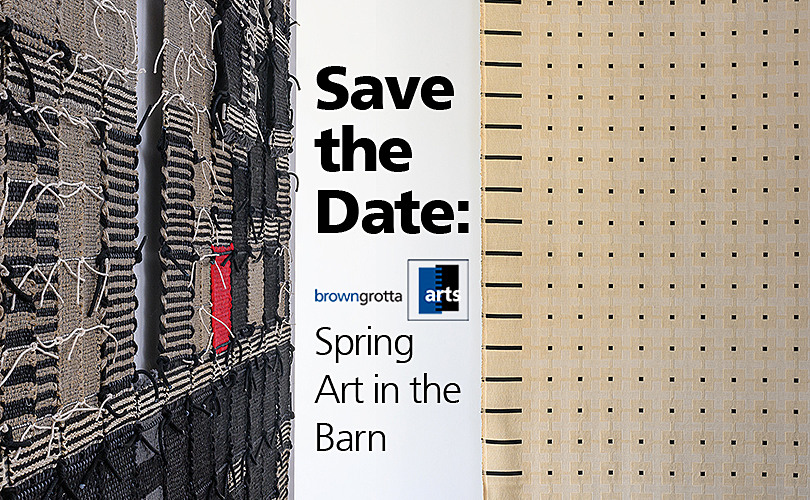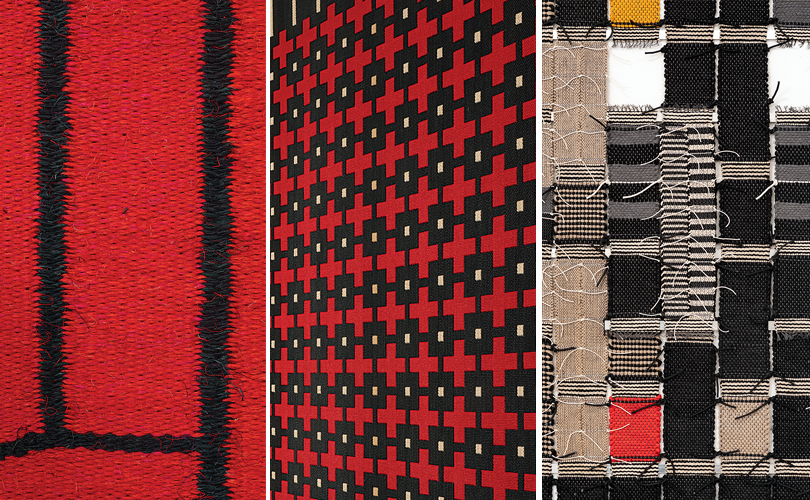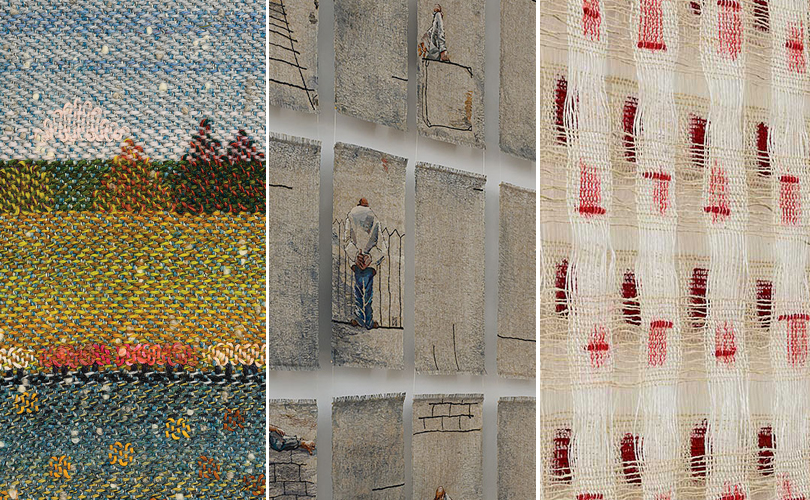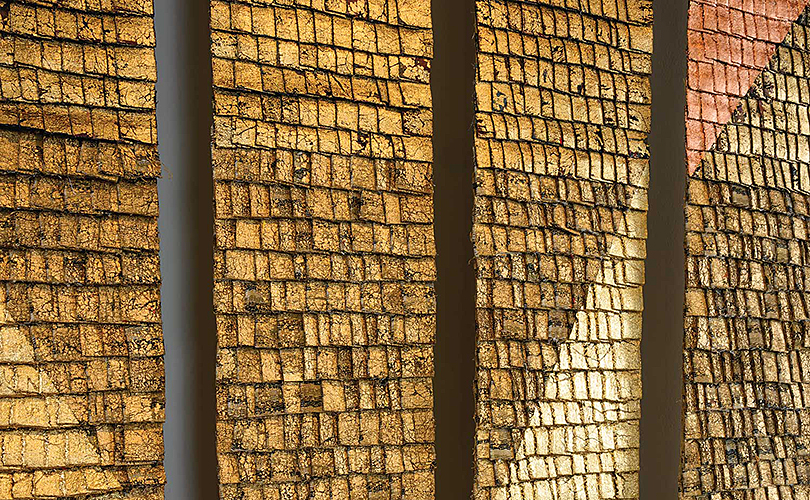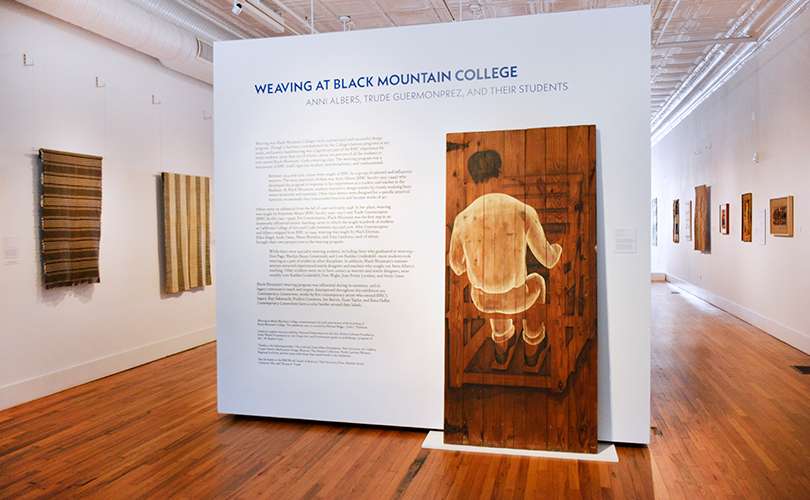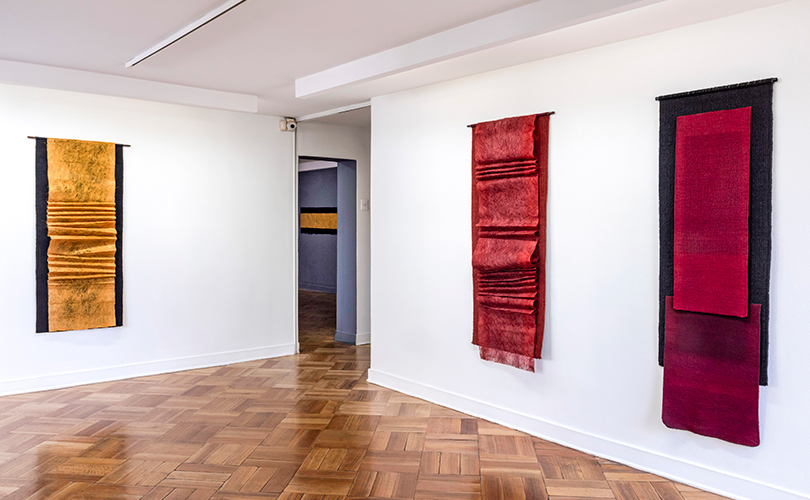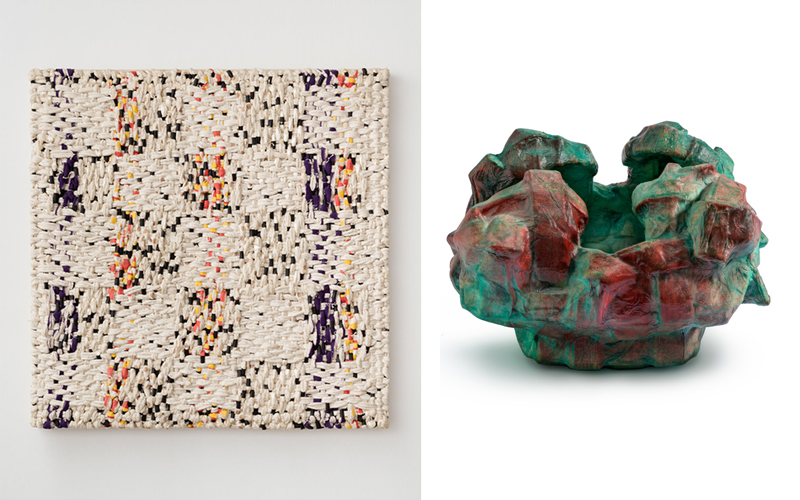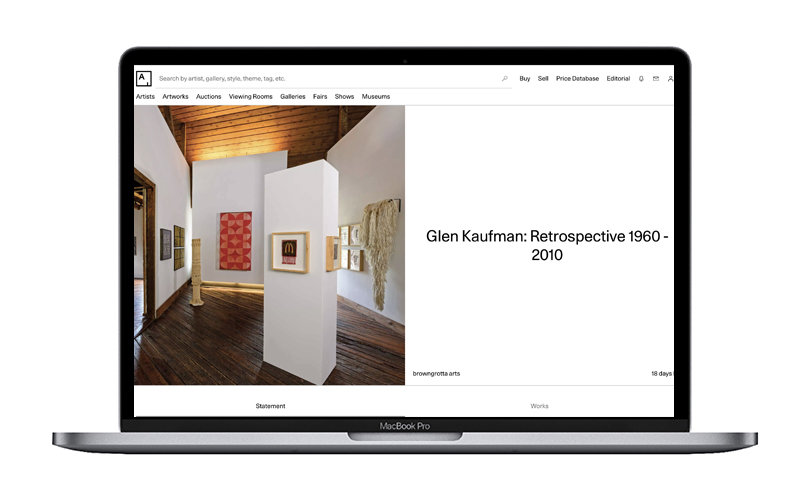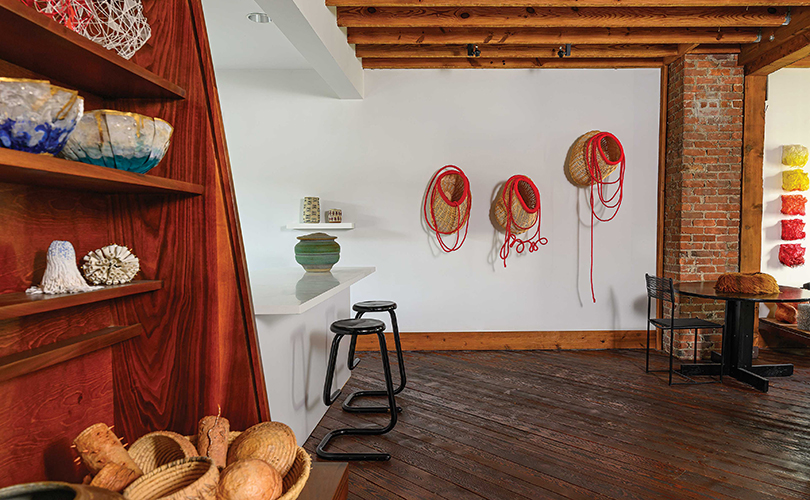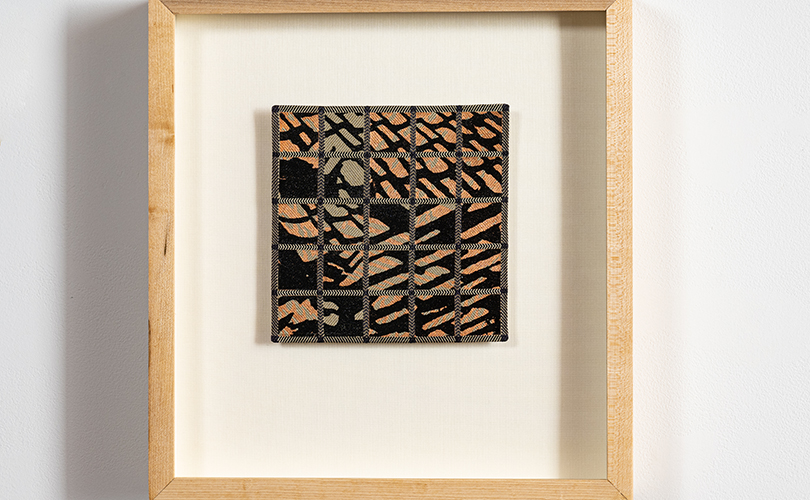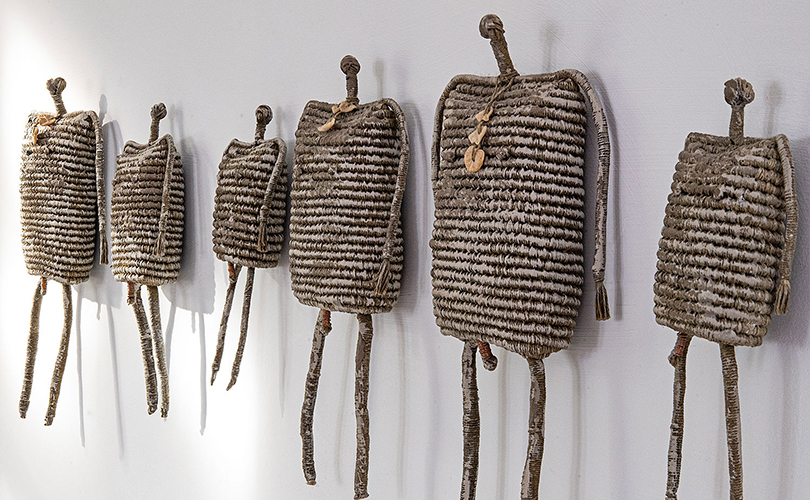Ways of Seeing, browngrotta arts’ Fall 2024 exhibition (September 20 – 29) explores various ways that individuals envision and organize art collections. One of the three types of collections we will exhibit in Ways of Seeing is an arrangement based on a specific theme. Having a fondness for water and a location between the Norwalk River and Long Island Sound, we chose water-related art, specifically, The Art Aquatic, as our sample organizing principle.
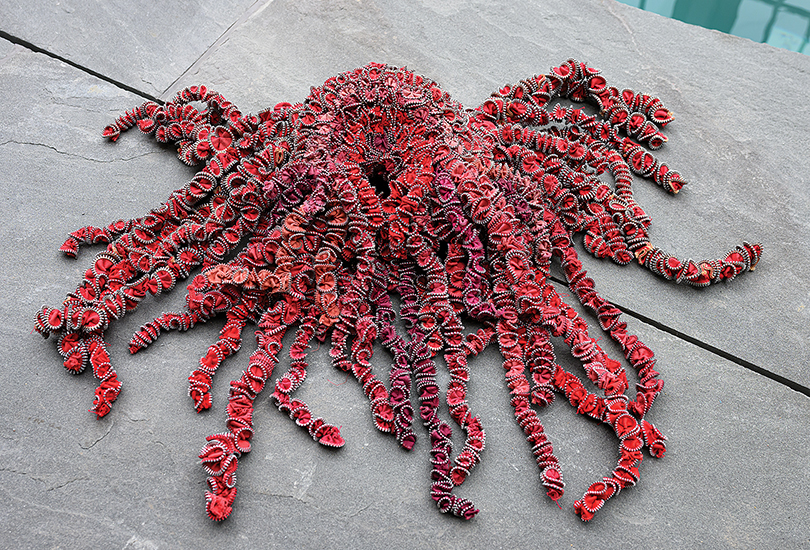
The changeable, fluid nature of water has often been an inspiration for artists. Artists use water to convey a variety of meanings. Some are moved by water as a natural force, for others there is a more spiritual connection, and still others are interested in how humans are impacting our oceans and rivers — in each case the results are thought provoking and intriguing.
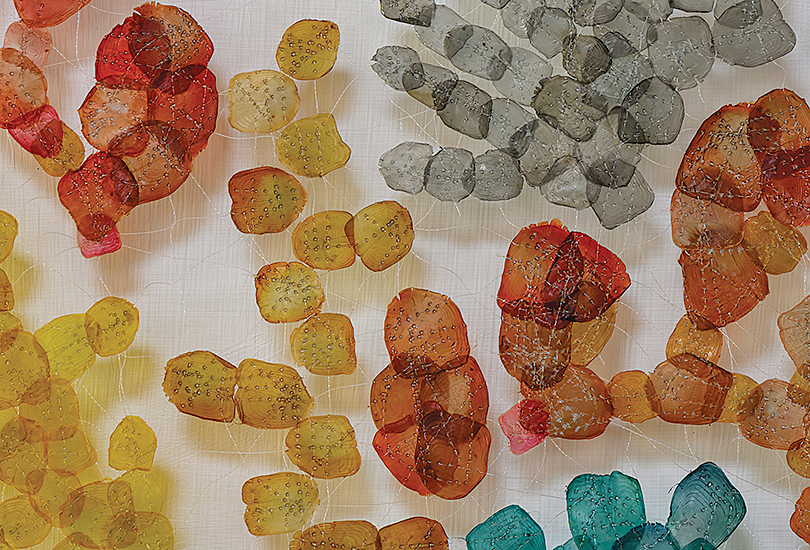
Artists in The Art Aquatic exhibition reflect that diversity of approaches. Some have made imaginative uses of water-related materials. There are patchworks of fish skins by Annette Bellamy, who spends part of each year fishing commercially and compositions of fish scales by Marian Bijlenga. Keiji Nio photographs sea scenes, uses the images in ribbons that he plaits and edges with beach sand. Jeannet Leenderste creates baskets of seaweed she forages in Maine and works with the Rockweed Coalition. “Seaweed not only creates a habitat for countless species, it sequesters carbon,” she says, “and protects our shoreline as our sea levels are rising.”
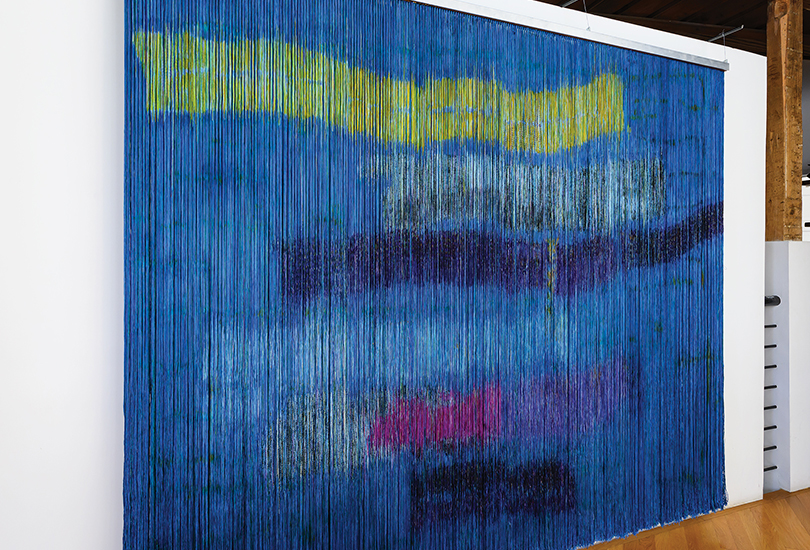
Other works in The Art Aquatic offer more abstract references to life in the deep, including Ulla-Maija Vikman’s “painting,” Biagga (Sea Wind), made of viscose threads in marine colors. Mariette Rousseau-Vermette’s Blue Water II, made of woven tubes of beachy blue, grey, white, and yellow, evokes a sunny day at the water’s edge. Masakazu Kobayashi’s assemblage of silk-wrapped bows reflects an ocean horizon.

A third series of works offer watery imagery, like Judy Mulford’s Aging by the Sea which incorporates a conch shell and a tiny boat covered in knotless netting, Ed Rossbach’s Fish Trap Basket, with a whimsical fish motif, the mermaid in Norma Minkowitz’s sculpture, My Cup Runneth Over, and Karyl Sisson’s Flight III, a sea-creature-like sculpture of vintage zippers.
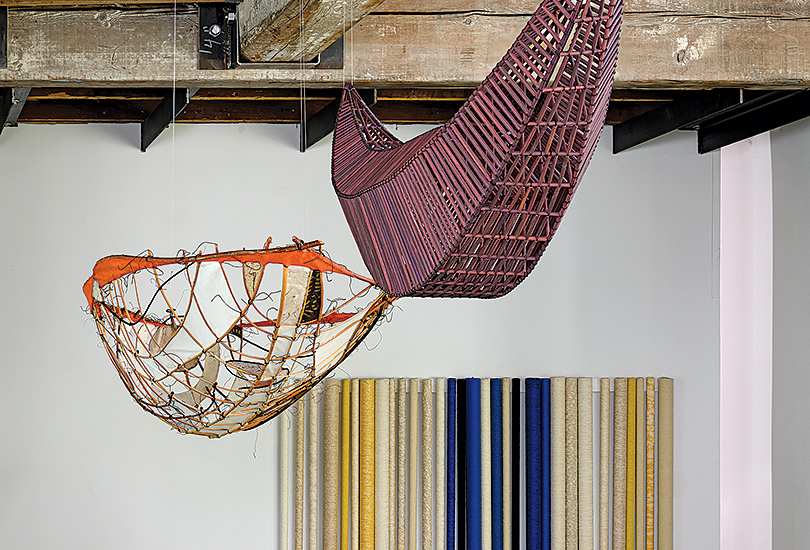
More literal still, there are the nautical object interpretations included in the exhibition, like Mercedes Vicente‘s shell of cotton canvas. Jane Balsgaard’s Relief floats alongside Merja Winqvist’s gridded boat – both are made of paper. Text from Moby Dick is etched on Call Me Ishmael, Lawrence LaBianca’s ivory-colored boat sculpture. La Bianca has created a body of work that engages aquatic environments. “The tools we apply to nature—to contain it, shape it, understand it and categorize it also have a profound impact upon it,” he says. LaBianca references the impetus to measure, understand, contain, and manipulate nature that animates his art – that impetus is one that can animate collectors of art as well.

Join us at Ways of Seeing and learn more.
Exhibition Details:
Ways of Seeing
exploring ways individuals envision and curate art collections
browngrotta arts
276 Ridgefield Road
Wilton, CT 06897
Gallery Dates/Hours:
Saturday, September 21st: 11am to 6pm [Opening & Artist Reception]
Sunday, September 22nd: 11am to 6pm (40 visitors/ hour)
Monday, September 23rd through Saturday,September 28th: 10am to 5pm (40 visitors/ hour)
Sunday, September 29th: 11am to 6pm [Final Day] (40 visitors/ hour)
browngrotta.com
| Schedule your visit at POSH. Safety protocols: Reservations strongly encouraged; No narrow heels please (barn floors) |

